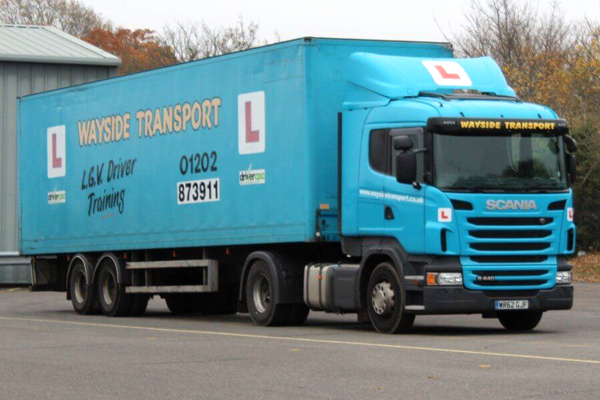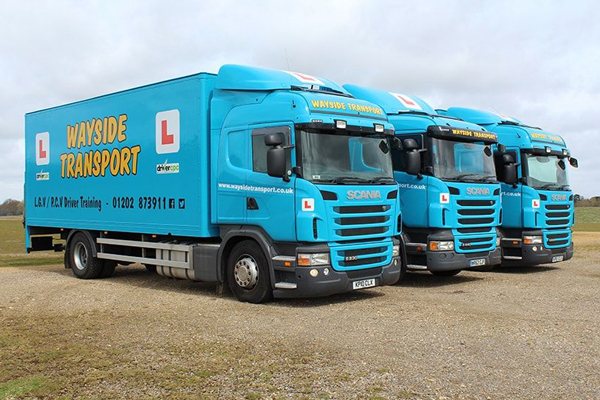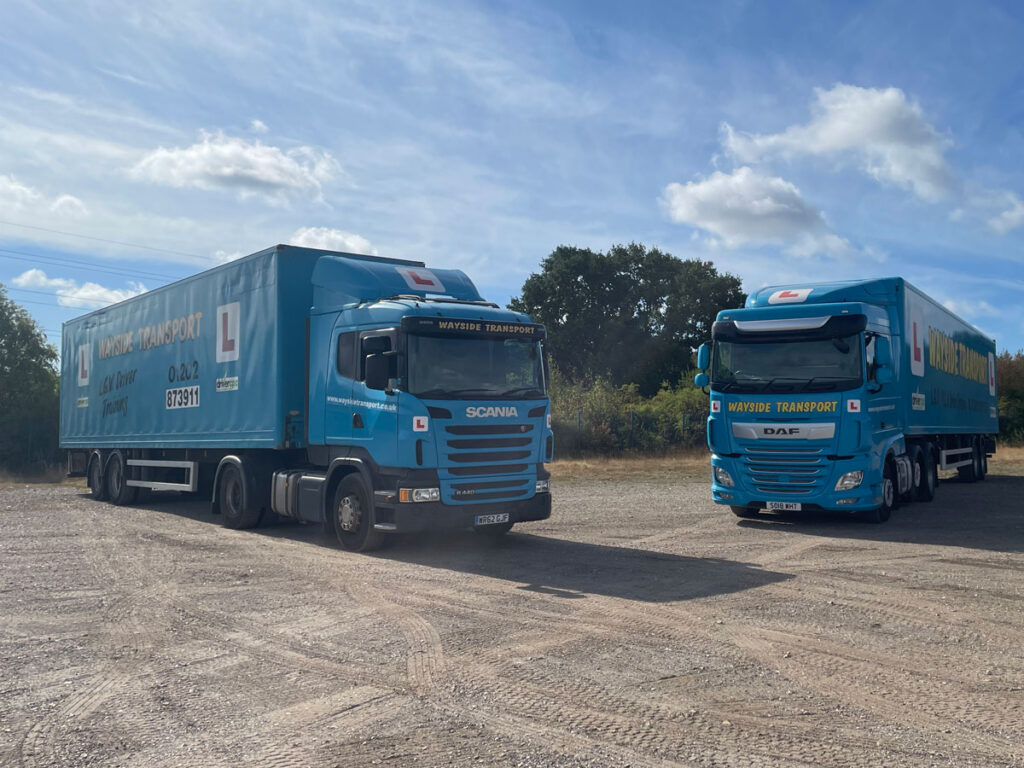You might think that accidents only happen as a result of travelling at high speeds. In fact, a large majority of accidents occur at lower speeds.
That’s why roads have a higher rate of collisions than motorways as vehicles are stopping and starting in far closer quarters. On commercial sites, it’s not uncommon for lorries to collide with objects or other vehicles while in the process of shunting.
What is Shunting?
If you’re not aware of what shunting is, shunting is the process in which trailers are moved from one location to another. This could be into and out of dock doors or between two locations. This usually occurs at low speed and in the middle of built-up commercial or industrial sites where there are vehicles, people and other vehicles to watch out for.
Accidents during shunting often happen at low speed on company premises. Under normal circumstances, shunting accidents don’t typically involve other vehicles. Usually, the main causes of shunting accidents are a driver who is unfamiliar with the site layout, under stress or at the end of his/her shift and in a hurry. Shunting accidents can usually be avoided through training and sufficient preparation.
How Can Wayside Transport Help?
Under the 1974 Health and Safety at Work Act, it is the responsibility of all employers to ensure that sufficient training, instruction and supervision is provided to all employees. As serious or even fatal injuries can result from attempting to move large trailers and vehicles, it is crucial that employees be trained to know how to act while performing these dangerous manoeuvres.
Here at Wayside Transport, we provide shunting training that is intended to prepare drivers for operating across all manner of busy commercial and industrial sites. Through training and preparation, drivers will become more confident and aware and be better able to react to changing site layouts and conditions. By following to the advice and training that we provide, you’ll be better equipped to operate safely and responsibly at all times.
This course covers the safety rules to follow for various situations when shunting, especially when the rear view is restricted. We offer invaluable advice to anyone who might be responsible for helping to guide drivers through these manoeuvres.


